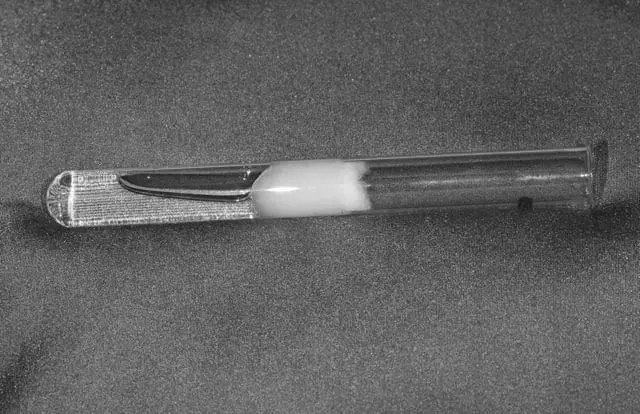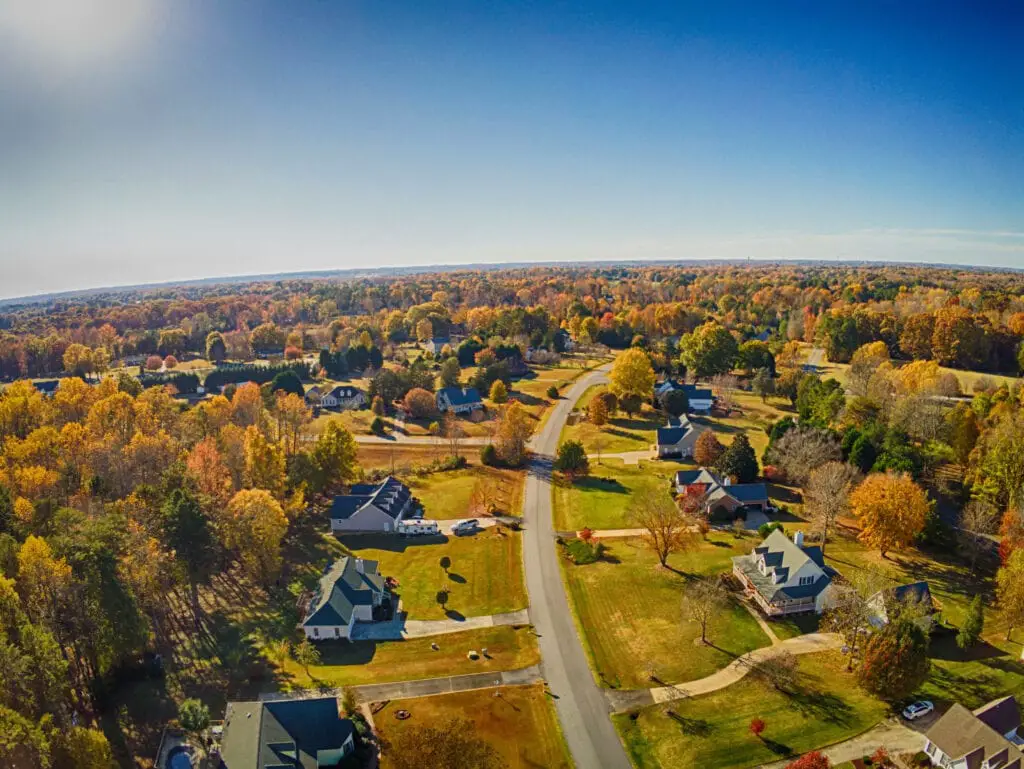When you start your first colony, you’ll probably make some mistakes. That’s okay; everyone makes the same mistakes – and we hope we can help you avoid that.
Our tips in this article will include tips about
- The temperature on the Ant Farm
- Feeding
- What to feed your ant farm
- How to feed your ant farm
- When to Feed your ant farm
- Water for your ants
- Catching Ants
Throughout this article, we give a ton of tips and tricks to help you be more successful when keeping ants.
The environment, food, and water are the essential considerations when raising ants.
While everyone wants to start with the ants, let’s start with the formicarium.

Ideal Temperature For Ants
If you are not trying to put your ants into hibernation, you need to always be checking that your ants are receiving enough heat. The ideal temperature for ants is not more than 30°C (86°F) and not below 20°C (68°F).
The temperature in the room where ants are kept is vital to their growth.
High temperature accelerates the development of the larvae, thus speeding up the entire growth process.
It can also make them more active, especially when the ants are more comfortable with their surroundings.
Realize these are averages – some species do better in hotter temperatures and others do better in cold temperatures.
Most residential areas usually fit in that category of average temperature.
To stabilize the temperature, use electronic heat mats from local shops.
Or lamps…
But
Ants should not be placed on a surface in direct sunlight.
Your cage must be kept away from the front of a window and not put under a lamp because direct sunlight and bright lights are deadly to eggs and larvae.
You do not want to mess with the ant’s reproduction cycle.
The key is to make the nest dark most of the time for the queen.
This allows her to produce more eggs and more workers.
[amazon box=”B07BS6H73W”]
How To Give Ants Food in an Ant Farm
Ants predominantly feed on carbohydrates and protein.
Their most common source of sugar is honey water, fruit juice, and hummingbird nectar.
How To Make Sugar Water For Ants
The simplest form of sugar water for ants is made at home by mixing:
(1) Part of sugar or honey with seven (7) Pieces of tap water.
This mixture can be your stable source of liquid sugar for your colony, which will provide more energy for your worker ants.
Some other sources of sugar are oriole nectar and maple syrup with water.
Most ants are highly adaptable, and even just a few drops of sugar water in the nest area will keep them happy and healthy.
For most species, you could get away with a smaller jar and feeding area for a few months if you need to.
Ants get protein from dead insects such as crickets, spiders, mealworms, and fruit flies.
The lava and queen ant can grow quicker and easier with lots of protein.
They need to be supplied with this nutrient daily because insufficient protein can result in a slower growth rate of eggs and larvae.
How Often Do Ants Eat?
During early colony development, ants must be fed once every six (6) hours during the day to maintain their health. Ants should be given four (4) to six (6) insects in each feeding. Make sure these insects are bought from the store to avoid pesticides.
Pesticides are your worse nightmare when it comes to raising your colony.
Even if just one bug has some weird bacteria or pesticide on it, this could harm your colony and even take it down!
Where To Get Food For Your Ants
Experienced ant keepers usually breed their own insects to guarantee that they are safe.
Among the tiny insects ants eat, mealworms are the easiest to culture and raise.
While you probably aren’t at that stage, you can purchase them from the pet store.
How To Give Ants Water in An Ant Farm
Water is essential to ants.
This is more true for colonies that have not yet adjusted to dry environments.
Worse comes to worst; having an insufficient water source can kill them.
Keeping your colony hydrated should be one of your top priorities on your ant farm.
The sugar-water mixture might not be enough to hydrate your ants.
One way to supply them with water is to use a spray bottle and lightly mist the insides of your formicarium or jar.

The water droplets on the glass wall will absorb into the soil, which ants can drink from.
It is not sprayed straight into the soil because your ants’ tunnels could potentially collapse.
Spray the walls! It will absorb. We promise.
[amazon box=”B08QM81BJV”]
Ant Farm Hibernation
For ant keepers in regions with summer and winter, hibernation is critical to your ant colony.
Ants hibernate during the winter and use this time to re-energize themselves.
In locations with 5°-12°C, hibernation usually takes up to at least two months and usually occurs every October to March.
Do not freak out if your ant farm slows down in the winter months; this is normal.
Ants are very sensitive to temperatures, and if the temperature starts to drop, your ant farm will slow down.
Be careful about not ever letting them hibernate.
Your colony will fatigue over time.
The first thing to do for your colony’s soon-to-be hibernation is to ensure that they have enough food and water.
Spray into your jar or formicarium for the ant farm to access water.
After the hibernation period, your colony is 100% ready to work again.
And much happier!
Remember, a happy owner is the most important thing to a happy colony.
How To Take Care of Ants in An Ant Farm
The best starting point for new ant farms and one of our favorite tips is to know the habitat.
Ask yourself this question, “Where will I keep my colony?”
Usually, ants are put in test tubes – transparent tubs with a mixture of soil and sand.
This allows them to move around freely and build enough strength to eventually build tunnels and chambers to keep food and eggs.
Do not forget to let your ants breathe when stored in these tubes!
Make sure to poke some tiny holes in the tub’s lid, just enough for the air to come in and out but not enough for the ants to escape.
While this works, we prefer the cotton ball method (shown below)

More experienced ant keepers will use formicarium to house their colony.
A formicarium, also known as an ant farm, is the container where you will keep and view your ants.
The main goal is to go from test tube to formicarium.
The nest protects the queen and brood (baby ants).
The outworld or foraging area is the space to feed your ants.
This setup enables your ants to move around and, simultaneously, makes it easier for you to provide food and water.
It’s also a much better viewing experience.
We keep our formicarium in the living room – everyone loves it.
For starters, a formicarium is not necessary.
You can begin by utilizing used jars in the kitchen and the sand found outside your home.
When you have finally established their habitat, it is time for you to fill it with ants.
[amazon box=”B07QHT3TS8″]
How To Get Ants In An Ant Farm
There are two ways to get a colony.
One is to buy from a local pet store (or online), and the other is to capture the ants yourself.
The trick is to go out right after the rain when the soil is moist and dig.
You should see ants running around! be on the lookout for a queen ant that you can catch.
When it comes to choosing ants, it is advisable to pick the most common species found in your area.
This will prevent you from disrupting your local ecosystem and smoothen your ant-keeping experience as the ants have already adapted to the weather conditions and food and water quality in your environment.

Also, remember to choose only one species per colony so they will not attack each other.
The type that people typically keep as a pet is a black garden ant (which does not bite) or the harvester ant.
Whether you bought or built your colony, ensure that it contains a Queen Ant.
Without a Queen Ant, your ant nest will be on the clock.
Usually, colonies without any queen ants will fade within 1-3 years.
What do you expect from a colony that can’t reproduce or create more workers?
The queen usually has wings and is three times bigger than the worker ants.
This makes it relatively easy to distinguish her from the rest.
Remember, you can start a colony without a Queen, it just won’t last long.
It does not end there.
Depending on the specific ant species that is in your ant colonies, things like how the queen lays eggs, the test tube setup, and other things relevant to only those specific ant species will be hard to answer.
You will need to use some trial and error as your colony grows so you know exactly what your own ants want and need.
Now that you have some pet ants and an ant colony of your own, how will you take care of and expand it?
These tips and tricks will help you immensely, but if you needed a full guide as a beginner, we suggest the guideline here: Beginner Friendly Ant Keeping Guide


